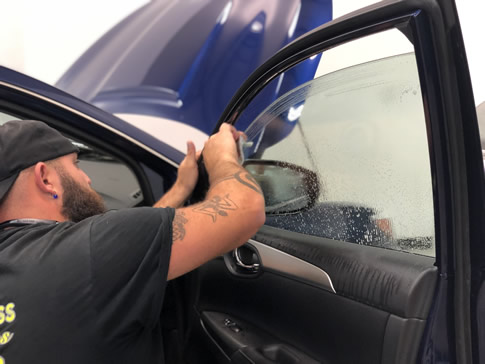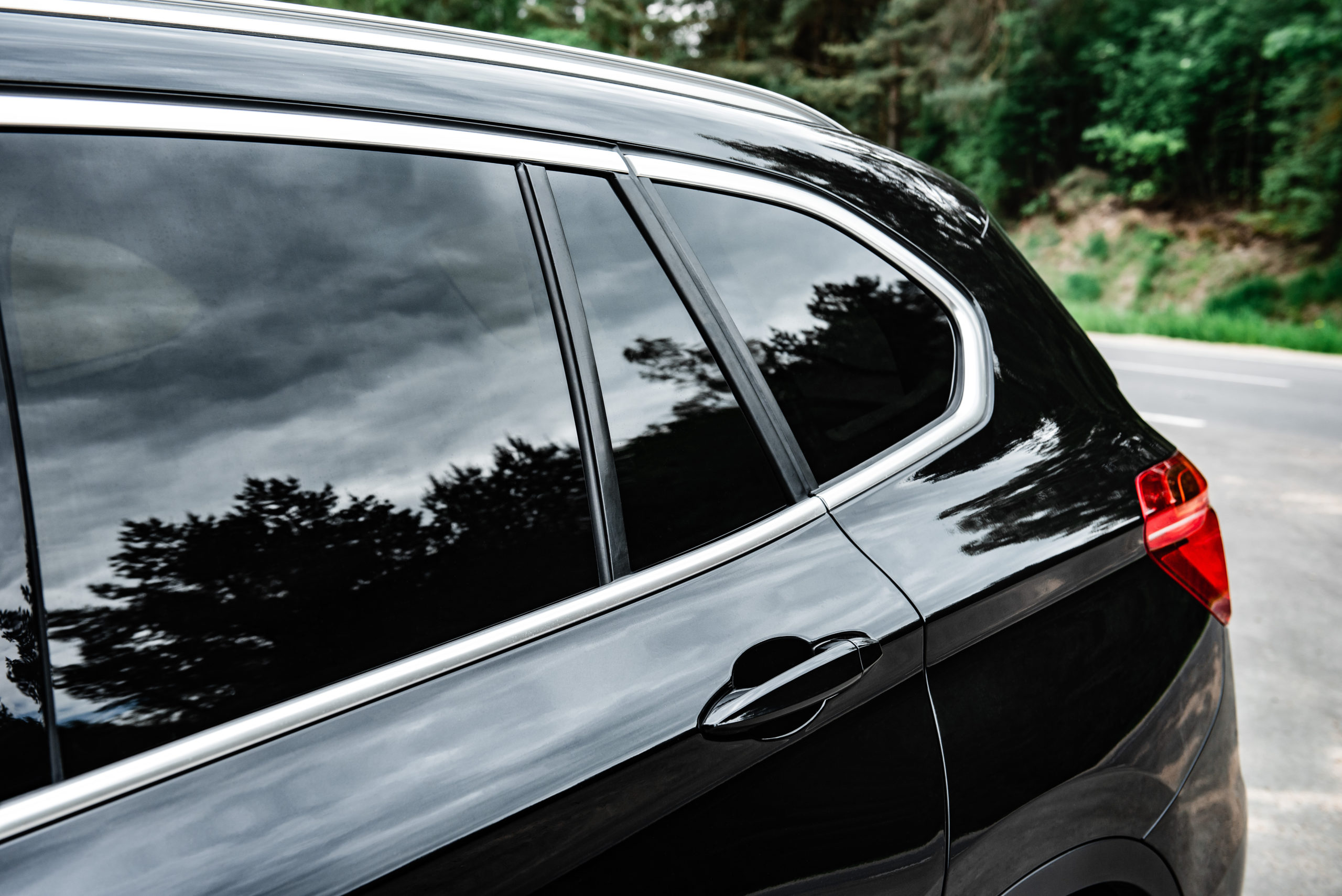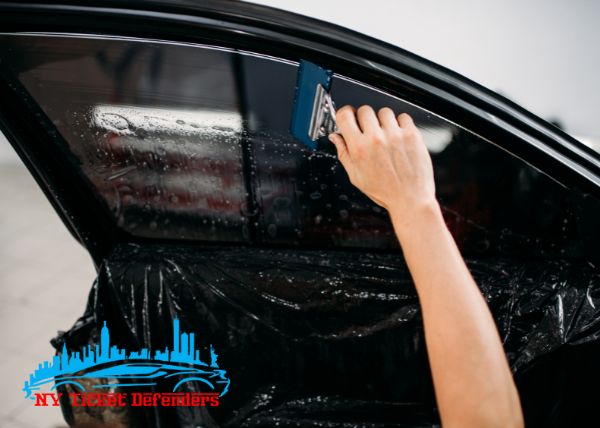Checking Out the Different Kinds of Window Tint for Cars and Their Benefits

Colored Home Window Tint
Dyed home window tint is a popular choice amongst automobile owners seeking to improve privacy and reduce glow while keeping an elegant appearance. This kind of tint is produced by including dye right into the adhesive layer, which is then used to the windows of the automobile. The key charm of colored window color exists in its ability to provide an aesthetically pleasing appearance without sacrificing performance.
Among the most substantial advantages of dyed window color is its capability to obstruct dangerous UV rays, aiding to safeguard both travelers and the car's interior from sun damage. In addition, this color effectively lowers glare, adding to a more comfy driving experience, especially during brilliant daytime problems. The growing of home window color additionally adds a layer of privacy, making it a lot more difficult for outsiders to see inside the automobile.
However, it is vital to note that while dyed home window tint supplies various advantages, it might not supply as much warm being rejected as various other kinds of colors. Its long life can be influenced by exposure to long term sunshine, potentially leading to fading over time. In general, colored home window tint remains a popular choice for those focusing on appearances and fundamental sun security.
Metalized Window Tint
Metalized home window tint represents a sophisticated option for automobile owners looking to boost both performance and visual appeals. One of the primary advantages of metalized home window tint is its superior heat rejection abilities, which can dramatically minimize the indoor temperature level of a cars and truck.
Additionally, metalized colors provide increased durability contrasted to dyed films, making them immune to fading and scratching. This durability ensures that the color keeps its effectiveness and appearance over time, providing long-term worth.
Furthermore, metalized home window tint can improve privacy and protection by making it extra tough for outsiders to see inside the car. The reflective high quality of the tint can likewise deter potential burglary, as belongings are less noticeable (window tinting). While it might hinder some digital signals, such as general practitioner or mobile phone function, the overall benefits make metalized window tint an engaging choice for many cars and truck proprietors
Ceramic Window Color
Providing advanced innovation and unparalleled efficiency, ceramic home window color has arised as a leading choice for discerning vehicle proprietors. This ingenious film is made up of advanced ceramic bits that provide substantial warmth rejection while keeping quality and presence. Unlike traditional tints, ceramic home window color does not count on metal or dye, which can conflict with electronic signals from devices such as GPS and cellular phone.
Among the standout advantages visit site of ceramic home window color is its phenomenal UV protection. It obstructs up to 99% of unsafe ultraviolet rays, thereby safeguarding both the car's inside and its residents from sunlight damage. In addition, this sort of tint boosts personal privacy without endangering presence, making it a useful option for day-to-day drivers and high-end vehicles alike.
Ceramic home window color also boasts toughness; it is immune to fading and scratching, making certain durable performance. Its non-reflective nature means it does not cause glow, contributing to much safer motoring conditions (window tinting). For those seeking a premium color remedy that combines aesthetic appeals with performance, ceramic window color stands out as an exceptional selection, providing enhanced comfort and protection on the roadway
Carbon Window Tint
When it pertains to window tinting alternatives, carbon window tint has actually obtained appeal for its blend of efficiency and affordability. This kind of tint is made up of carbon particles, which provide a distinct matte finish that boosts the aesthetic appeal of lorries. Among the key advantages of carbon window tint is its capacity to block a significant quantity of dangerous UV rays, safeguarding both the lorry's inside and its owners from skin damages and fading.
In addition, carbon window tint uses outstanding warmth being rejected residential or commercial properties, reducing the demand for too much a/c and enhancing gas efficiency. Unlike colored colors, carbon colors do not fade gradually, keeping their efficiency and look for years. This toughness makes them a functional option for cars and truck owners seeking lasting worth.
Moreover, check it out carbon window color is non-metalized, which suggests it does not conflict with digital signals, making it ideal for lorries outfitted with general practitioner, Bluetooth, and other wireless modern technologies. The equilibrium of expense, performance, and aesthetic charm has actually developed carbon window color as a favored option for numerous automobile owners. Inevitably, it serves as a dependable solution for those seeking to enhance convenience while making certain style.
Factory Color
Factory tint, also referred to as OEM tint, describes the tinting that is applied to automobile windows throughout the manufacturing procedure. This kind of tint is normally incorporated into the glass itself, offering an uniform look and consistent levels of shading throughout all home windows. The key objective of factory color is to reduce glow and improve passenger comfort while supplying a degree of UV security.

While factory tint supplies basic advantages, it may not give the same degree of warmth denial or privacy as higher-grade aftermarket tints. Consequently, vehicle proprietors seeking boosted efficiency might take into consideration extra tinting options, while still appreciating the aesthetic appeal and performance manufacturing facility color supplies.
Final Thought

Nonetheless, it is necessary to note that while dyed home window tint supplies various benefits, it may not provide as much warm denial as various other types of colors. For those seeking a premium color remedy that combines looks with performance, ceramic home window color stands out as a superior choice, providing improved comfort and security on the roadway.
When it comes to home window tinting options, carbon home window color has actually gotten popularity for its mix of performance and affordability.Manufacturing facility tint, additionally known as OEM color, refers to the tinting that is applied to car windows during the production process. The specific degree of tint can differ depending on the automobile manufacturer useful content and model, with some vehicles including more significant color on back windows than on front home windows.